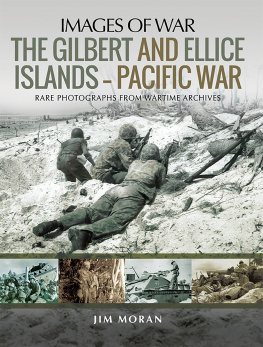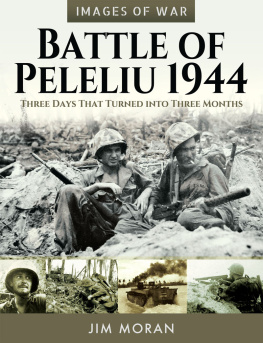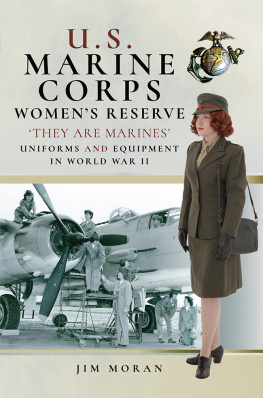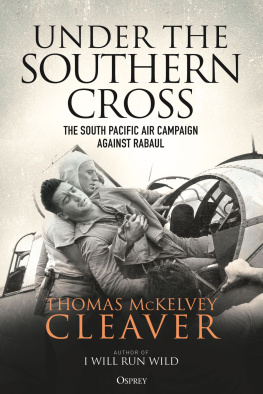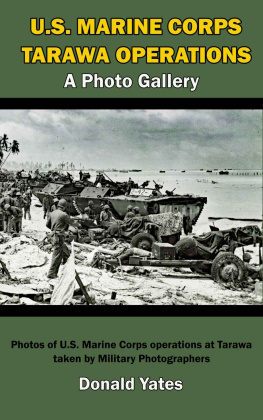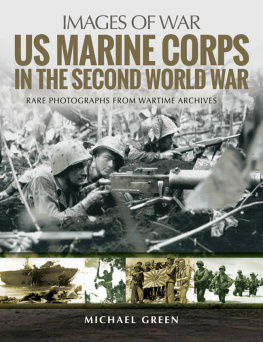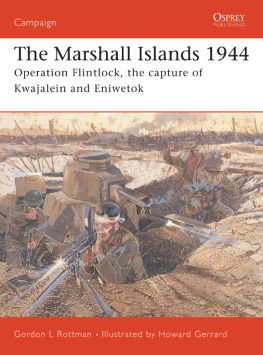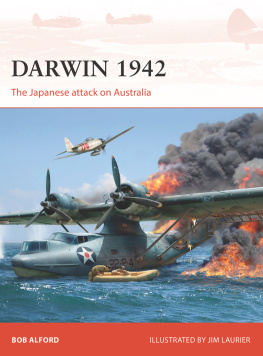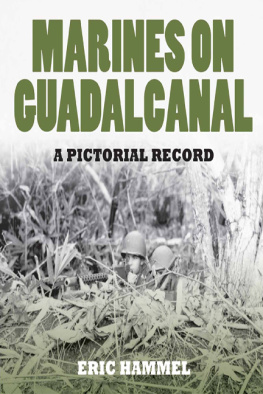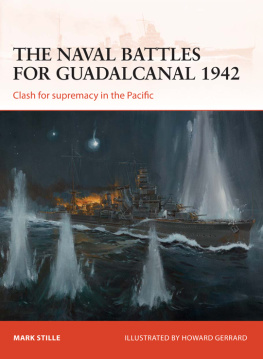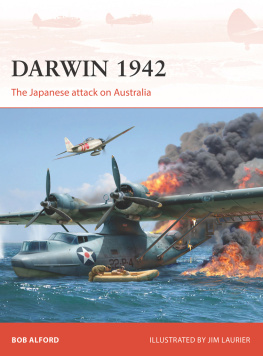Pagebreaks of the print version

IMAGES OF WAR
THE GILBERT AND ELLICE ISLANDS: PACIFIC WAR
RARE PHOTOGRAPHS FROM WARTIME ARCHIVES
Jim Moran
First published in Great Britain in 2019 by
PEN & SWORD MILITARY
An imprint of
Pen & Sword Books Ltd
47 Church Street
Barnsley
South Yorkshire
S70 2AS
Copyright Jim Moran, 2019
ISBN 978-1-52675-119-5
eISBN: 978-1-52675-120-1
Mobi ISBN: 978-1-52675-121-8
The right of Jim Moran to be identified as author of this work has been asserted by him in accordance with the Copyright, Designs and Patents Act 1988.
A CIP catalogue record for this book is available from the British Library.
All rights reserved. No part of this book may be reproduced or transmitted in any form or by any means, electronic or mechanical including photocopying, recording or by any information storage and retrieval system, without permission from the Publisher in writing.
Pen & Sword Books Limited incorporates the imprints of Atlas, Archaeology, Aviation, Discovery, Family History, Fiction, History, Maritime, Military, Military Classics, Politics, Select, Transport, True Crime, Air World, Frontline Publishing, Leo Cooper, Remember When, Seaforth Publishing, The Praetorian Press, Wharncliffe Local History, Wharncliffe Transport, Wharncliffe True Crime and White Owl.
For a complete list of Pen & Sword titles please contact
PEN & SWORD BOOKS LIMITED
47 Church Street, Barnsley, South Yorkshire S70 2AS, England
E-mail:
Website: www.pen-and-sword.co.uk

There were no cowards on Tarawa.
General David M. Shoup, USMC
Introduction and Acknowledgements
Days after the Japanese attack at Pearl Harbor, elements of the Japanese navy landed in the Gilbert Islands, in particular Makin, Tarawa and Apamama. The initial occupation of these atoll islands was low-key, with a seaplane facility being built on Butaritari (Makin) but no serious defences.
On 17 August 1942, Butaritari was attacked by elements of the US Marine 2nd Raider Battalion (Carlsons Raiders), landing in rubber boats launched from two submarines that had transported the 200-plus Raiders from Pearl Harbor. The Raiders eliminated almost the entire forty-four-man garrison and destroyed two radio stations and the seaplane tender, as well as storage and supply facilities on the island, before returning to the submarines and back to Hawaii.
The Makin Raid alerted the Japanese to the vulnerability of their outposts and work started in earnest to considerably increase the defences on, in particular, Makin, Tarawa and Apamama. Seaplane facilities were rebuilt on Makin, another seaplane facility was built on Apamama and an airfield was built on Betio (Tarawa). Defences were increased considerably, particularly on Betio, and garrison troops now numbered into the thousands.
In 1943, assaults on the Gilbert Islands by US forces (Operation GALVANIC) were given the green light; in particular the taking of Tarawa (Betio), Apamama and Makin by US army and Marine troops. D-Day was set for 20 November 1943. The taking of these three islands was very costly in human lives, both US and Japanese; all three Japanese garrisons were eliminated almost to a man and US casualties were also severe, causing much concern back home in the US.
Following the islands being secured, US construction and garrison troops built airstrips on Tarawa and Makin but, due to the speed of the US advance across the Pacific, these facilities played little part in further operations in the Pacific.
Following the end of hostilities in the Pacific, the Gilbert and Ellice Islands were returned to British rule, finally gaining independence in 1979.
* * *
All images are courtesy of the US Army, US Navy and US Marine Corps unless otherwise stated. My thanks to all concerned.
Jim Moran
Chapter One
The Gilbert and Ellice Islands: Pre Second World War
T he Gilbert and Ellice Islands had been a British protectorate since 1892, a peaceful sleepy Pacific paradise. Life was simple and the local population happy with life under British administration; the men were well-built and were expert seafarers with a profound knowledge of tides and a remarkable skill in navigating by the stars at night; they were also expert at gathering palm trees and coconuts for their British administration. The women were comely and industrious, with much of the heavy work being done by them.

The Gilbert and Ellice Islands from Admiralty charts.
This detailed knowledge of tides had been passed on to British seafaring captains, who in turn would provide valuable information to the US planners for the invasion of the Gilbert Islands (the uncertain tides at Betio in particular). With the arrival of the Japanese in December 1941 life changed little at first, the local population carrying on much as normal until the raid on Makin by Carlsons Raiders in August 1942. After the Makin Raid the Japanese started a huge programme of defensive works using local labour, both male and female, in construction work. In 1942 the US established air bases and PT boat moorings in the Ellice Islands to monitor Japanese progress in the Gilberts and carry out pre-invasion bombing of Tarawa, Makin and Apamama in particular.

Coconuts, one of the main commodities on the islands.

Bounty of the sea: giant clams and oysters abound in the waters off the islands.

Visiting ships always attract much attention from the locals.

Gilbert Islands police; the only guns on the islands before the arrival of the Japanese.
Chapter Two
The Japanese Occupy the Gilbert Islands
O n 9/10 December 1941, just three days after the surprise attack by the Japanese on the US Pacific Fleet at Pearl Harbor, elements of the Japanese Imperial Navy arrived at the Gilbert Islands. Comprising the 19th Minelayer Division, 29th Destroyer Division and elements of the 8th Gunboat Division, the objective of this attack force was to secure Tarawa Atoll first, then join the attack force at Makin Atoll.
At the same time, the Makin attack group consisting of the minelayer Okinoshima Maru, the auxiliary minelayer Tenyo Maru and I Company of the 51st Guard Force (Rikusentai, Japanese Marine Corps) arrived at Makin Atoll and commenced the occupation of Butaritari Island.
The Tarawa attack force landed its landing force of around 200 men, who proceeded to round up all non-islander people, informing them that they were now under the protection of His Imperial Majesty. Under no circumstances were they to attempt to leave the islands or communicate with the outside world under pain of death (however, several would escape in a boat missed by the attack force). The landing party then proceeded to ransack the islands, destroying any boats found, any radio equipment or anything else of use, looting anything they could use themselves; particularly foodstuffs from the Burns Philp warehouses. Confident that they had achieved their objectives, the attack force returned to their ships and headed for Makin. They had neglected to locate several Australian and New Zealand army coastwatchers who remained for some time until their capture after the Makin Raid by Carlsons Raiders in August 1942.

